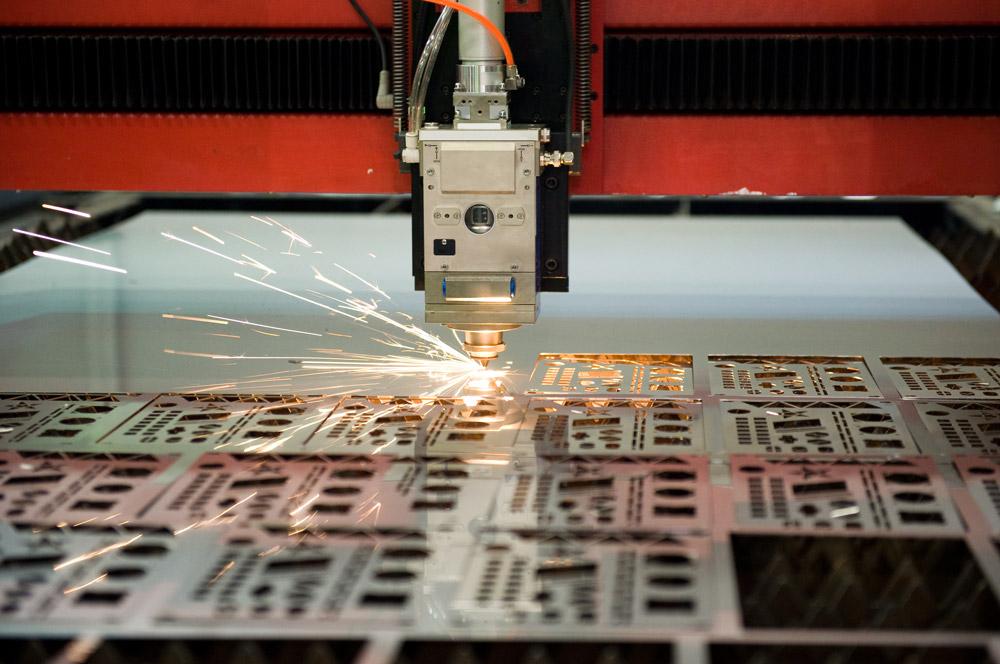In the world of industrial manufacturing, the art of cutting stainless steel precisely holds paramount importance. Whether you’re an experienced engineer or a curious novice, understanding the nuances of this process can significantly enhance your project outcomes. Let’s delve into the components and techniques that make cutting stainless steel not only possible but highly efficient.

Understanding Stainless Steel Basics
Before we explore cutting methods, it’s essential to appreciate what makes stainless steel so unique. This durable and corrosion-resistant material is widely used across industries. Understanding its composition can help in selecting the appropriate cutting techniques.
Why Precise Cutting is Crucial
Precision in cutting stainless steel is not just a preference; it is a necessity. Precise cuts ensure that projects fit correctly, function optimally, and look aesthetically pleasing. In industries where tolerances are tight, such as aerospace or medical device manufacturing, the stakes are even higher.
Factors Affecting Cutting Precision
Several elements influence how precisely stainless steel can be cut. These include material thickness, cutting speed, and the condition of the cutting tools. Mastery of these factors can lead to superior results and reduced waste.
Techniques for Cutting Stainless Steel
Different projects require different techniques for cutting stainless steel. Here are some popular methods:
Laser Cutting
Laser cutting offers incredible precision and is well-suited for intricate designs on stainless steel. This technique uses a high-powered beam to melt or vaporize the material without physical contact.
To learn more about laser cutting, you might want to visit modern metalworks’ insights on cutting methods.
Waterjet Cutting
Waterjet cutting utilizes a high-pressure jet of water mixed with an abrasive substance. It’s perfect for situations where heat could negatively impact the material, as it doesn’t generate heat.
This method is elaborately discussed in a waterjet metal cutting guide.
Plasma Cutting
Plasma cutting involves an accelerated jet of hot plasma, which can cut through thick sheets of stainless steel. It’s highly effective and fast, making it a popular choice in large-scale operations.
Tools Involved in the Cutting Process
Utilizing the right tools is key to achieving precision in cutting stainless steel. From saws to special blades, each tool has its unique role and application.
High-Quality Blades
Choosing the right blade is crucial. Stainless steel cutting requires blades that are specifically designed for durability and precision.
Computer Numerical Control (CNC) Machines
CNC machines have revolutionized the precision cutting process. By using computer software, these machines can execute complex cuts with incredible accuracy.
Visit this external resource on CNC cutting techniques to gain deeper insights.
Quality Control Measures
Ensuring quality in the end product is integral to maintaining industry standards. Procedures such as regular machine maintenance and precise measurement checks are indispensable.
The Role of Tolerances
Tolerances define how much deviation is permissible in a cut. Understanding and adhering to these is essential for achieving a flawless finish. For more details, consider reading about tolerances.
Regular Equipment Maintenance
The precision of cuts is highly dependent on the state of your equipment. Regular maintenance can prevent downtimes and keep cutting quality consistent.
Safety Precautions
Handling machinery associated with cutting stainless steel requires strict adherence to safety procedures to prevent accidents and injuries.
Protective Gear
Always wear the appropriate safety gear, including gloves, eye protection, and hearing protection, when operating cutting machines.
Training and Awareness
Regular training sessions on the use of equipment can significantly reduce the risk of accidents, ensuring a safer working environment.
Cost Considerations
While precision cutting can sometimes seem expensive, understanding the cost factors involved can help in making informed decisions that align with your budget constraints.
Material Costs
The cost of stainless steel itself is a significant consideration. Selecting the right quality of material at the best price is crucial.
Operational Costs
Expenses related to machinery operation, including energy consumption and labor, should be factored into the overall cost analysis.
Conclusion: The Path Forward
Cutting stainless steel precisely is a blend of art and science. As technology advances, new methods and tools are continually emerging, providing even more opportunities to refine this craft. By mastering these tools and techniques, manufacturers can achieve exceptional results in their projects.

FAQs
What is the best method for cutting stainless steel?
The best method depends on your project requirements, material thickness, and available resources. Laser cutting and waterjet cutting are popular choices for their precision.
Can I cut stainless steel at home?
Yes, with the correct tools and safety procedures, basic cuts can be performed at home. However, for complex or industrial-level tasks, professional equipment is recommended.
How can I ensure the longevity of my cutting tools?
Regular maintenance and proper storage of cutting tools are key to prolonging their life and maintaining cut quality.
This article contains affiliate links. We may earn a commission at no extra cost to you.

